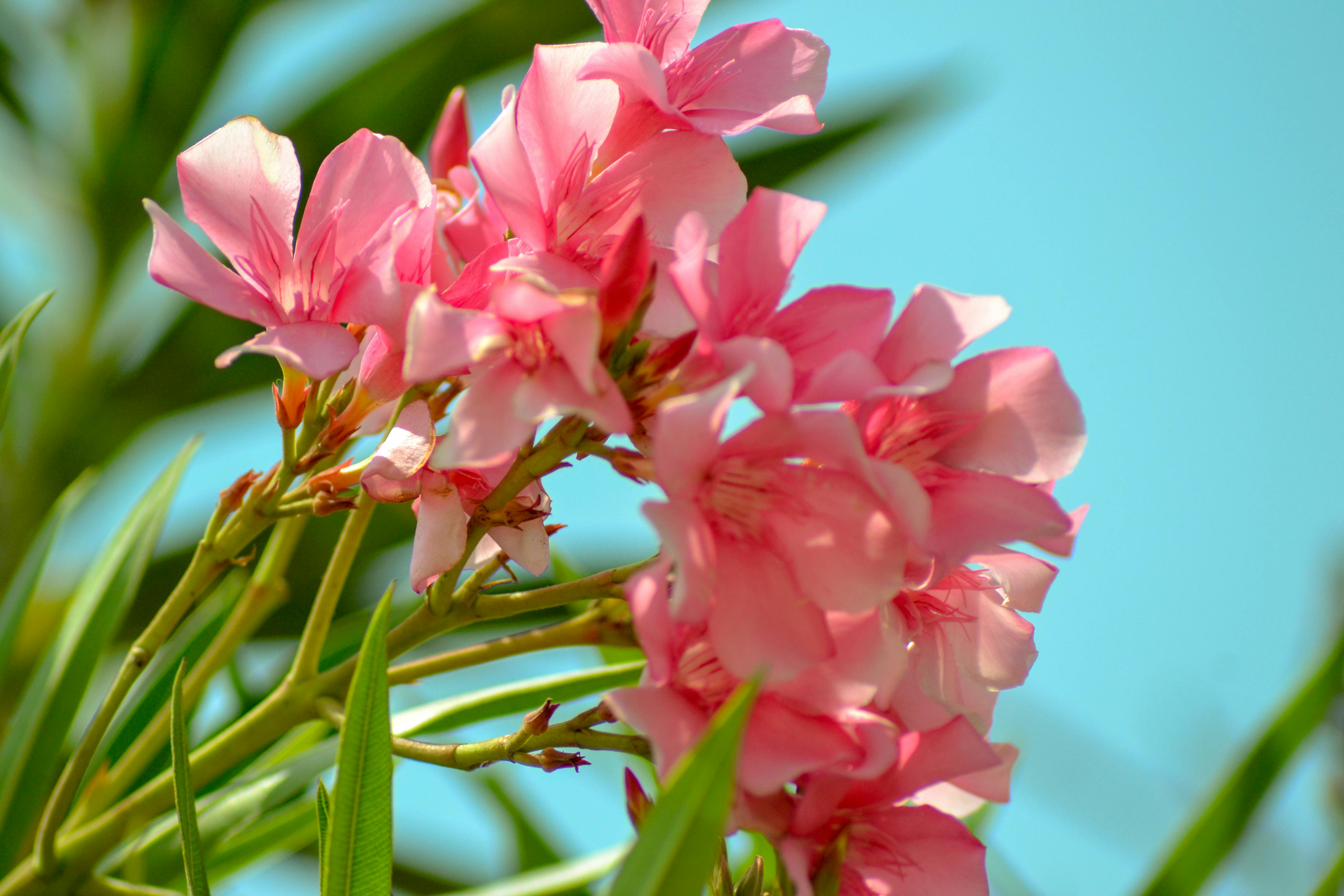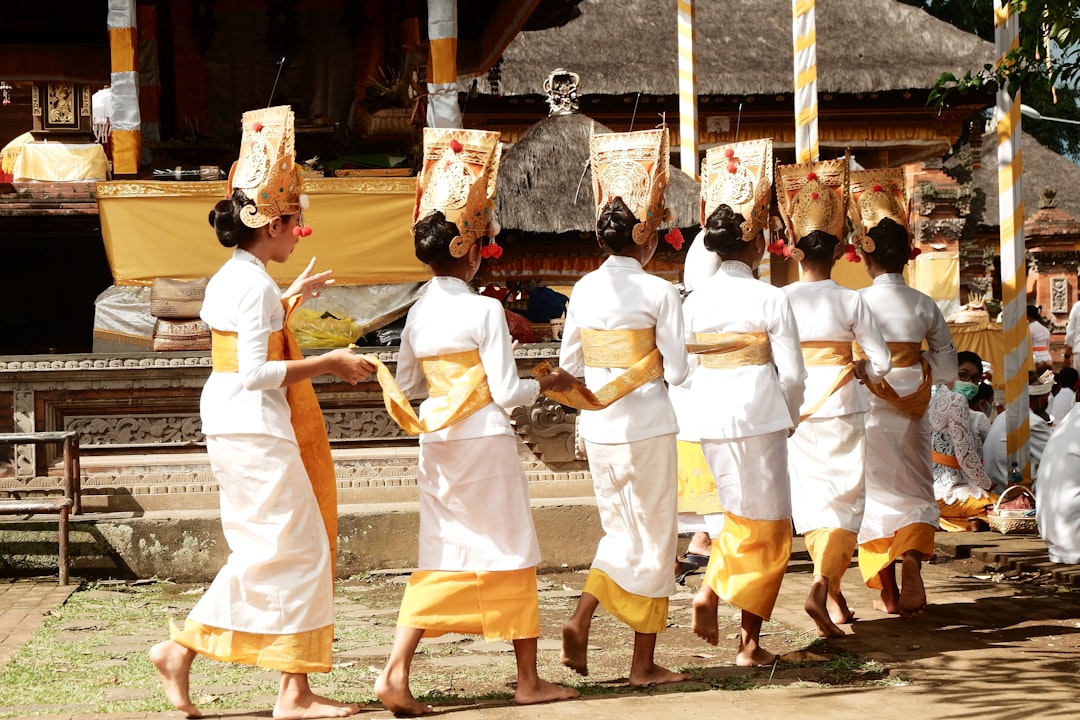Dance is a universal language, a vibrant tapestry woven from the threads of history, ritual, and emotion. Across continents, traditional dances serve as powerful expressions of identity, community, and belief. They tell stories of ancient civilizations, celebrate life’s milestones, and preserve cultural heritage for future generations. From the passionate rhythms of Spain to the intricate storytelling of India, each traditional dance offers a unique window into the soul of a nation.
In this comprehensive guide, we embark on a captivating journey around the world, exploring some of the most iconic and representative traditional dances. You’ll discover their origins, characteristic movements, and the profound cultural significance they hold. Prepare to be inspired by the beauty, diversity, and enduring spirit of global dance traditions.
Flamenco: The Soulful Expression of Spain
Originating in Andalusia, Spain, Flamenco is more than just a dance; it’s an art form encompassing singing (cante), guitar playing (toque), and dance (baile). Recognized by UNESCO as a Masterpiece of the Oral and Intangible Heritage of Humanity in 2010, Flamenco is deeply rooted in the Romani, Moorish, and Andalusian cultures.
Key Characteristics of Flamenco
- Passionate Expression: Dancers convey a wide range of emotions, from joy and celebration to sorrow and despair, through their movements and facial expressions.
- Rhythmic Footwork (Zapateado): Intricate and powerful footwork creates percussive sounds, often in sync with the guitar and clapping (palmas).
- Arm and Hand Movements (Brazos y Manos): Graceful and expressive arm movements, combined with delicate wrist and finger gestures, add to the dance’s dramatic flair.
Flamenco performances are often spontaneous, with dancers improvising based on the music and their emotional state, making each performance unique. The interaction between the dancer, singer, and guitarist is crucial, creating a powerful and immersive experience.
Did You Know? The term “Flamenco” itself has debated origins, with some theories linking it to the Flemish people or an Arabic phrase meaning “peasant song.” Regardless, its impact on Spanish culture is undeniable.

Bharatanatyam: The Classical Dance of India
Bharatanatyam is one of the oldest and most revered classical dance forms of India, originating in the temples of Tamil Nadu. Traditionally performed by female dancers, it is known for its graceful movements, intricate footwork, and expressive hand gestures (mudras) that narrate mythological stories and spiritual ideas.
The Elements of Bharatanatyam
Bharatanatyam is characterized by its geometric precision and the balance between abstract dance (nritta) and expressive dance (abhinaya).
- Nritta (Pure Dance): Focuses on rhythmic patterns and intricate footwork, showcasing the dancer’s technical skill without conveying a specific narrative.
- Abhinaya (Expressive Dance): Uses facial expressions, hand gestures (mudras), and body language to interpret the lyrics of a song, conveying emotions and stories.
- Natya (Dramatic Dance): Combines nritta and abhinaya to present a dramatic narrative.
Dancers wear elaborate costumes, including a traditional sari, and intricate jewelry, enhancing the visual spectacle. The dance is typically accompanied by Carnatic music, featuring instruments like the mridangam (drum), flute, and violin.
“Bharatanatyam is a spiritual journey, a dialogue between the dancer and the divine, expressed through the language of movement and emotion.”
Samba: The Rhythmic Heartbeat of Brazil
Samba is synonymous with Brazil, particularly its vibrant Carnival celebrations. Originating from African rhythms brought by enslaved people, Samba evolved in the Afro-Brazilian communities of Rio de Janeiro, blending African, European, and indigenous influences. It’s a high-energy, infectious dance that embodies the joy and spirit of Brazilian culture.
Varieties and Significance
While often associated with the fast-paced “Samba no Pé” performed solo during Carnival, Samba encompasses a wide range of styles:
- Samba de Gafieira: A partner dance, often compared to a Brazilian tango, with elegant turns and lifts.
- Samba Reggae: A slower, more powerful style from Bahia, influenced by reggae music.
- Samba de Roda: An older, more traditional form, often performed in a circle, recognized by UNESCO as an Intangible Cultural Heritage.
Samba is not just a dance; it’s a social phenomenon that brings communities together, especially during Carnival, where samba schools compete with elaborate parades, music, and choreography. It represents resilience, celebration, and cultural fusion.

Irish Step Dance: Precision and Grace from the Emerald Isle
Irish Step Dance is a highly precise and energetic dance form characterized by a stiff upper body and rapid, intricate footwork. Its global popularity surged with shows like Riverdance and Lord of the Dance, but its roots trace back centuries to traditional Irish folk dances and the influence of traveling dance masters.
Styles and Attire
There are two main types of Irish Step Dance:
- Hard Shoe Dance: Dancers wear shoes with fiberglass tips and heels, creating percussive sounds similar to tap dancing. This style emphasizes rhythm and power.
- Soft Shoe Dance (Reel Shoes): Dancers wear soft leather shoes, allowing for graceful, flowing movements, leaps, and turns. This style focuses on agility and elegance.
Costumes are often elaborate, with embroidered dresses for girls and vests for boys, reflecting traditional Celtic designs. The dance is typically performed to traditional Irish music, such as reels, jigs, and hornpipes.
Fun Fact: The rigid upper body posture in Irish Step Dance is sometimes attributed to historical periods when dancing was restricted, leading dancers to keep their upper bodies still to appear less conspicuous.
Tango: The Embrace of Argentina
Born in the working-class neighborhoods of Buenos Aires, Argentina, in the late 19th century, Tango is a partner dance renowned for its dramatic flair, close embrace, and intricate leg movements. It emerged from a melting pot of European immigrants, African descendants, and native Argentinians, reflecting a blend of cultures and emotions.
The Essence of Tango
Tango is characterized by its improvisational nature and the deep connection between partners. Key elements include:
- The Embrace (Abrazo): A close, intimate connection between partners, allowing for subtle communication and leading.
- Walking (Caminata): The fundamental movement, where partners walk together in a synchronized manner.
- Leg Wraps and Kicks (Ganchos y Boleos): Dynamic and often sensual leg movements that add complexity and visual appeal.
Tango music, typically played by an Orquesta Típica featuring bandoneons, pianos, violins, and double bass, is as integral to the dance as the movements themselves. It tells stories of love, loss, and longing, mirroring the dance’s emotional depth.

Kabuki Dance: The Theatrical Spectacle of Japan
Kabuki, a traditional Japanese theatrical art form, is renowned for its highly stylized dance, elaborate costumes, and dramatic makeup (kumadori). Originating in the early 17th century, Kabuki was initially performed by women, but later evolved into an all-male form, with male actors (onnagata) playing female roles.
Elements of Kabuki Dance
Kabuki dance, or buyō, is an integral part of Kabuki plays, often serving as standalone pieces or integrated into the narrative. It combines elements of:
- Stylized Movement: Movements are highly exaggerated and symbolic, conveying emotions and actions rather than realistic portrayal.
- Pantomime: Dancers use gestures and expressions to tell stories, often without spoken words.
- Props: Fans, swords, and other props are skillfully used to enhance the storytelling and visual appeal.
The dance is accompanied by traditional Japanese music, including shamisen (a three-stringed lute), drums, and flutes. Kabuki dance is not merely entertainment; it is a profound cultural expression that reflects Japanese aesthetics, history, and social values.
For more in-depth information on the history and preservation of Kabuki, you can explore resources like the Kabuki Official Website’s History section, which provides detailed insights into its evolution and significance. This site is regularly updated and offers reliable information on this traditional art form.
A Glimpse into Global Dance Diversity
The world of traditional dance is incredibly rich and diverse. Here’s a quick overview of some other notable forms:
Comparative Table of Traditional Dances
| Dance Form | Origin | Key Characteristics |
|---|---|---|
| Hula | Hawaii, USA | Storytelling through graceful hand movements and swaying hips, accompanied by chants and traditional instruments. |
| Dragon Dance | China | Performed by a team of dancers manipulating a long, flexible dragon puppet, symbolizing good luck and prosperity. |
| Gumboot Dance | South Africa | Originated among miners, using gumboots as percussive instruments to communicate and entertain. |
| Polka | Bohemia (Czech Republic) | Lively partner dance with a distinctive 2/4 time signature, popular across Central Europe and beyond. |
Conclusion: The Enduring Legacy of Traditional Dance
Traditional dances are more than just performances; they are living testaments to human creativity, resilience, and cultural identity. From the fiery passion of Flamenco to the spiritual narratives of Bharatanatyam, each dance form offers a unique lens through which to understand the world’s diverse heritage. They connect us to our past, celebrate our present, and inspire our future.
We encourage you to delve deeper into these fascinating art forms. Attend a live performance, watch documentaries, or even try a dance class yourself! Experiencing these traditions firsthand can offer profound insights and a deeper appreciation for global cultures.
Join the Conversation!
What traditional dance has captivated you the most? Share your thoughts and experiences in the comments below!
Or, if you’re planning your next cultural adventure, consider destinations known for their vibrant dance scenes. Which traditional dance would you most like to see performed live in 2025?
Further Reading:
- UNESCO – Flamenco: Learn more about Flamenco’s designation as an Intangible Cultural Heritage.
- Britannica – Bharatanatyam: A detailed overview of India’s classical dance form.
- National Geographic – Samba: Explore the cultural significance of Samba in Brazil.
